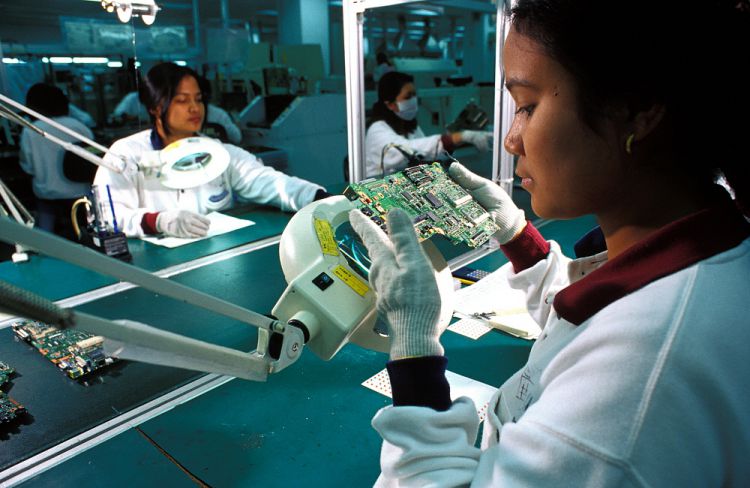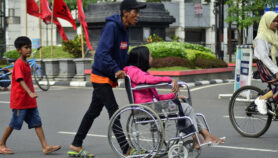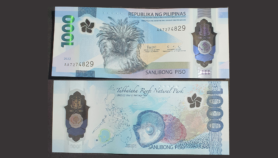Send to a friend
The details you provide on this page will not be used to send unsolicited email, and will not be sold to a 3rd party. See privacy policy.
[MANILA] As the Association of Southeast Asian Nations (ASEAN) Economic Community or AEC takes effect, it is important to see which are the important framework conditions for innovation where economic integration may have an impact.
It’s widely known there is a wide disparity in innovation capability and technological development in the ten-member ASEAN. For example, if the number of patent applications per million population will be used as an indicator for innovation, the Global Innovation Index 2015 (Cornell University, INSEAD and World Intellectual Property Office) show that Singapore (7th) and Malaysia (32nd) are the only ASEAN countries within the top 50.
| ASEAN Country |
Global Innovation Index Ranking (2015) |
| Singapore | 7 |
| Malaysia | 32 |
| Vietnam | 52 |
| Thailand | 55 |
| Philippines | 83 |
| Brunei | 88 (2014) |
| Cambodia | 91 |
| Indonesia |
97 |
| Myanmar | 138 |
“Best practices in ICT will lead to easier access to scientific and technological information.”
Fortunato de la Peña, Department of Science and Technology, Philippines
Many recommendations have already been given to accelerate technology development and increase the innovations generated in ASEAN. I cited here six framework conditions as examples: (1) intellectual property rights (IPR), (2) higher education, (3) information and communications technology (ICT), (4) technology transfer and commercialisation, (5) public procurement, and (6) infrastructure.
In the case of intellectual property rights, the AEC plans for an ASEAN Patent Search and Examination Cooperation, Regional Certification of Ethnic Goods and Services, and Regional Action Plan on IPR Enforcement and Cooperation. If implemented, these programmes will have a definite impact, mostly positive, on innovation generation. In addition to regionwide protection, there is also the prospect of market expansion.
For higher education, the planned ASEAN University Network for Higher Education is a strong possibility. The existing ASEAN University Network for Science and Engineering Education (AUNSEED) could be a take-off platform for this, considering its success particularly in sharing resources and knowhow, providing opportunities for advanced learning, and promoting research collaboration among scientists and engineers from different member states that are in the early phases of technology development. The participation of dialogue partners from outside ASEAN is key to the success of this undertaking.
Regarding ICT as a framework condition for innovation, the e-ASEAN initiatives are also expected to have a positive impact on the generation of innovations. Best practices in ICT will lead to easier access to scientific and technological information. For example, a regional network of patent libraries within schools and universities in the ASEAN member states, which can be made possible through ICT, will increase access to global scientific and technological information for R&D. Capacity building can also be enhanced through a regional initiative using ICT — whether the training is targeted at researchers, students, entrepreneurs, investors/innovators or public servants who are involved in the innovation continuum.
As far as technology transfer and commercialisation is concerned, one possibility is an ASEAN technology commercialisation platform specifically to commercialise the markets for public-funded R&D by linking national platforms. This will open up the possibility for adoption and commercialisation to at least a regionwide pool of investors and venture capitalists. This will also expand potential markets that have been technically limited to the markets in the member states. However, this will require some kind of regional harmonisation with respect to product standards and royalty payments for venture capital investment practices.
Public procurement for innovation is one of the roles that government can also play to enhance innovation. For example, the government can stress green procurement in a particular sector like schools. This will encourage innovations in the development of products that are used in education such as furniture, teaching materials and maintenance supplies. Another is to adopt schemes of co-sharing, co-utilisation, greater public access, and access of the private enterprise sector to equipment and facilities used for research, development and prototyping that are procured by government. This will definitely give a boost to innovations generation.
Many of the plans and possibilities mentioned can have a high probability of being realised within the short or medium term and ASEAN member states should now prepare for these to maximise the benefits that can be derived.
Fortunato de la Peña is the new Secretary of the Philippines’ Department of Science and Technology (DOST). He served DOST in various capacities including as Undersecretary for Scientific and Technological Services. He is a former Professor of Industrial Engineering at the University of the Philippines.
This piece was produced by SciDev.Net’s South-East Asia & Pacific desk.
References
Rajah Rasiah Stimulating Innovation in ASEAN Institutional Support, R&D Activity and Intellectual Property Rights (Economic Research Institute for ASEAN and East Asia, November 2013)














